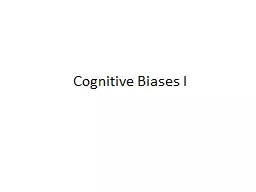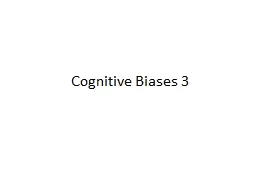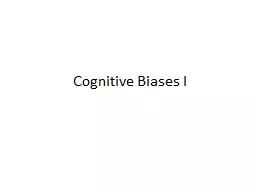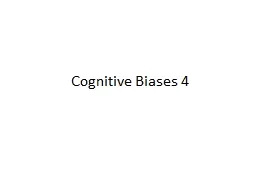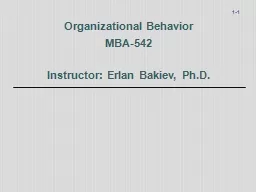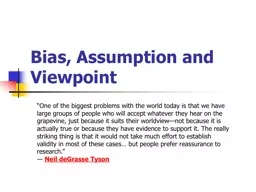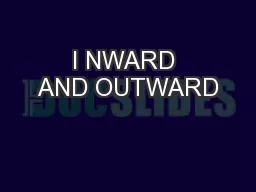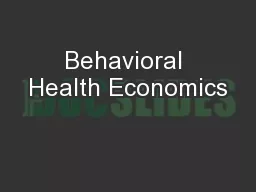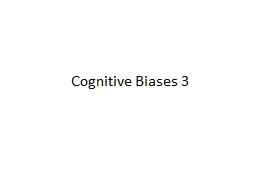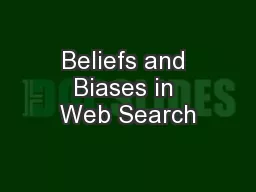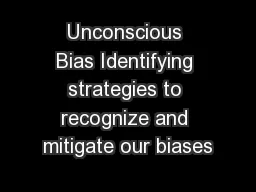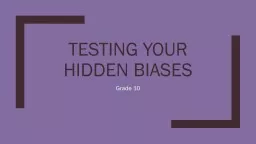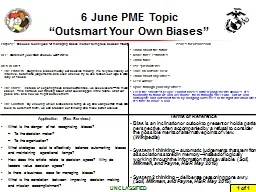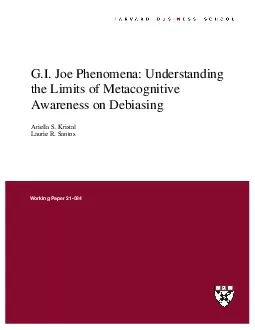PPT-Cognitive Biases I
Author : briana-ranney | Published Date : 2016-11-04
Optional Reading Todays lecture is based primarily on How We Know What Isnt So Chapter 1 By Thomas Gilovich a psychologist Patterns Pattern Recognition Seeing
Presentation Embed Code
Download Presentation
Download Presentation The PPT/PDF document "Cognitive Biases I" is the property of its rightful owner. Permission is granted to download and print the materials on this website for personal, non-commercial use only, and to display it on your personal computer provided you do not modify the materials and that you retain all copyright notices contained in the materials. By downloading content from our website, you accept the terms of this agreement.
Cognitive Biases I: Transcript
Download Rules Of Document
"Cognitive Biases I"The content belongs to its owner. You may download and print it for personal use, without modification, and keep all copyright notices. By downloading, you agree to these terms.
Related Documents

